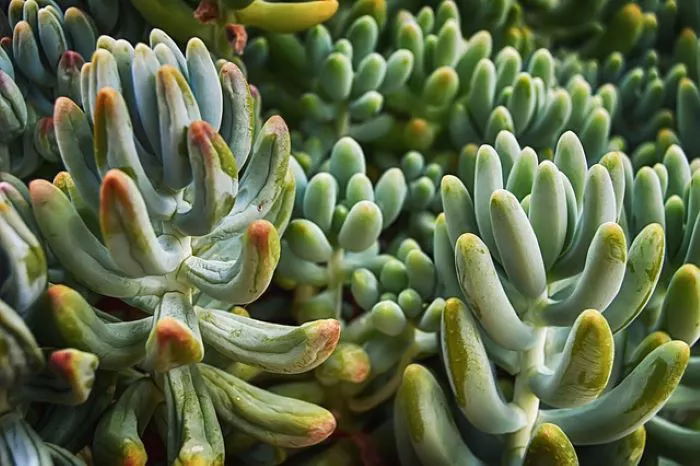Creating the right soil for succulents is essential for their health and growth. Succulents thrive in well-draining soil that prevents water from pooling around their roots. This article will guide you through the process of making succulent soil at home. You will learn about the necessary components, the mixing process, and tips for achieving the best results.
Understanding Succulent Soil Needs
Succulent plants have adapted to survive in arid environments. They store water in their leaves, stems, and roots. This adaptation means that succulents require soil that drains quickly. If the soil retains too much moisture, it can lead to root rot, which is detrimental to the plants. The ideal succulent soil mix provides good drainage while still offering some nutrients.
Key Components of Succulent Soil
To create effective succulent soil, you need to understand the key components. The primary ingredients are potting soil, coarse sand, and perlite or pumice. Each component serves a specific purpose in the soil mix.
Potting soil acts as the base of your mix. It contains organic matter that provides essential nutrients for your plants. However, regular potting soil can retain too much moisture on its own. This is why it needs to be amended with other materials.
Coarse sand improves drainage. It allows excess water to flow through the soil, preventing root rot. Make sure to use coarse sand, as fine sand can compact and reduce drainage.
Perlite or pumice is a lightweight material that enhances aeration and drainage. These materials create air pockets in the soil, allowing roots to breathe. They also help to keep the soil mix light and fluffy.
Making Your Succulent Soil Mix
Now that you understand the components, you can begin making your succulent soil mix. Start by gathering the necessary materials. You will need potting soil, coarse sand, and perlite or pumice. You may also want a mixing container, a trowel, and gloves for easy handling.
A common ratio for a succulent soil mix is two parts potting soil to one part coarse sand and one part perlite or pumice. This ratio provides a good balance of drainage and nutrients. You can adjust the proportions based on your specific needs. If you live in a particularly humid area, you may want to increase the amount of sand and perlite to enhance drainage.
Begin by measuring out the ingredients. Place the potting soil in your mixing container first. Then add the coarse sand and perlite or pumice. Use the trowel to mix the components thoroughly. Ensure that the ingredients are evenly distributed throughout the mixture. This will help create a consistent texture that promotes healthy root growth.
Testing Your Soil Mix
Before using your succulent soil mix, it is beneficial to test its drainage capabilities. Fill a small pot with your newly mixed soil and water it lightly. Observe how quickly the water drains. Ideally, the water should flow through the soil within a few minutes. If the water pools on the surface or drains very slowly, you may need to adjust your mix. Adding more coarse sand or perlite can improve drainage.
Storage and Usage
Once you have created your succulent soil mix, store any unused portions in a sealed container. Keep it in a cool, dry place away from direct sunlight. This will help maintain the quality of the soil until you are ready to use it.
When planting your succulents, fill your pots with the succulent soil mix. Leave some space at the top to avoid overflow when watering. Gently place your succulent in the soil and fill in around the roots, ensuring that the plant is stable.
Additional Tips for Success
When creating succulent soil, consider the specific needs of your plants. Different types of succulents may have varying requirements. For instance, cacti typically need even more drainage than other succulents. You can adjust your mix accordingly by increasing the amount of sand and perlite for cacti.
Additionally, consider adding organic amendments to your mix. Ingredients such as worm castings or compost can provide additional nutrients. However, be cautious not to overdo it, as too much organic matter can retain moisture.
Regularly check the moisture level of your soil after planting. Succulents prefer to dry out between waterings. If the soil feels damp, wait a few days before watering again. This practice will help ensure the health of your plants.
Conclusion
Making succulent soil at home is a straightforward process that can greatly benefit your plants. By understanding the components and their roles, you can create a mix that promotes healthy growth and prevents issues like root rot. With the right soil, your succulents will thrive and bring beauty to your space. Enjoy the process of creating your own succulent soil and watch your plants flourish.


